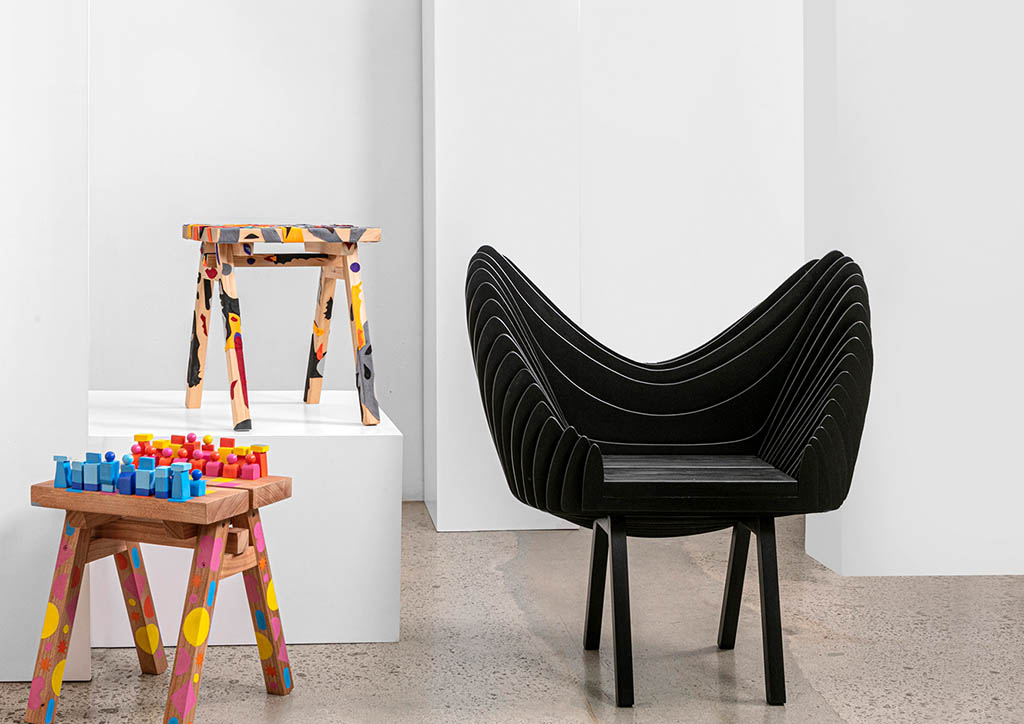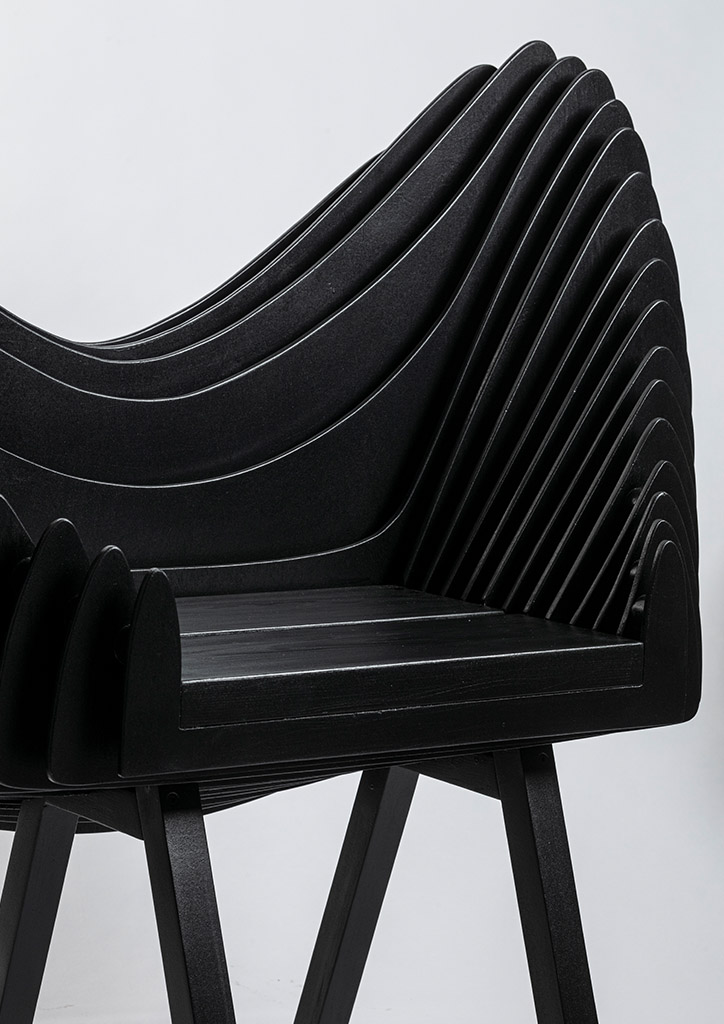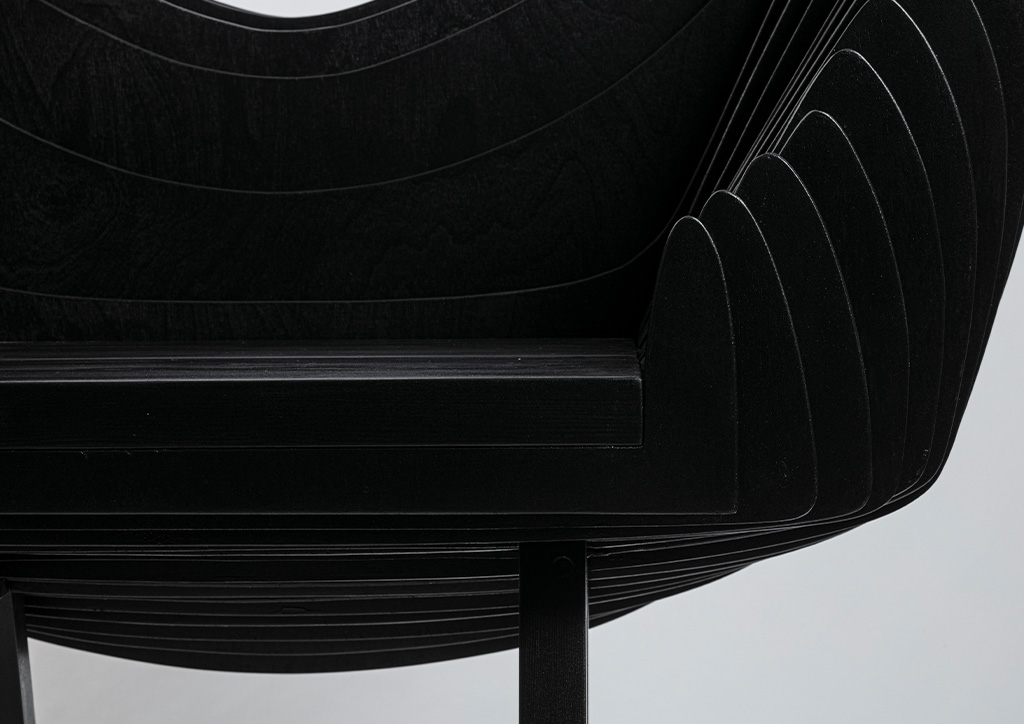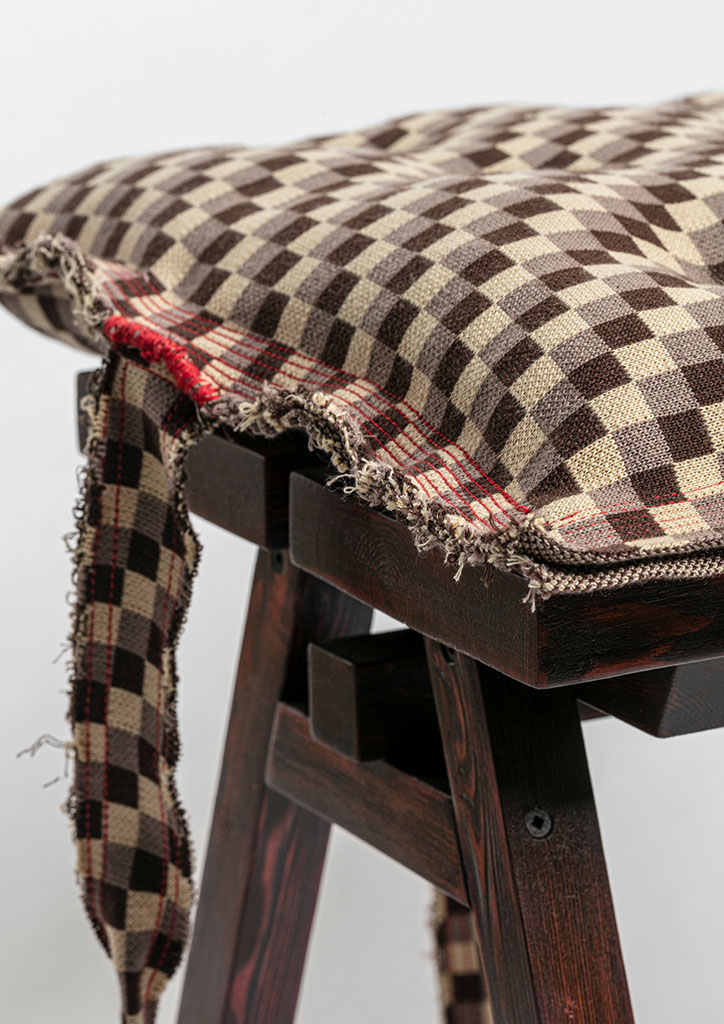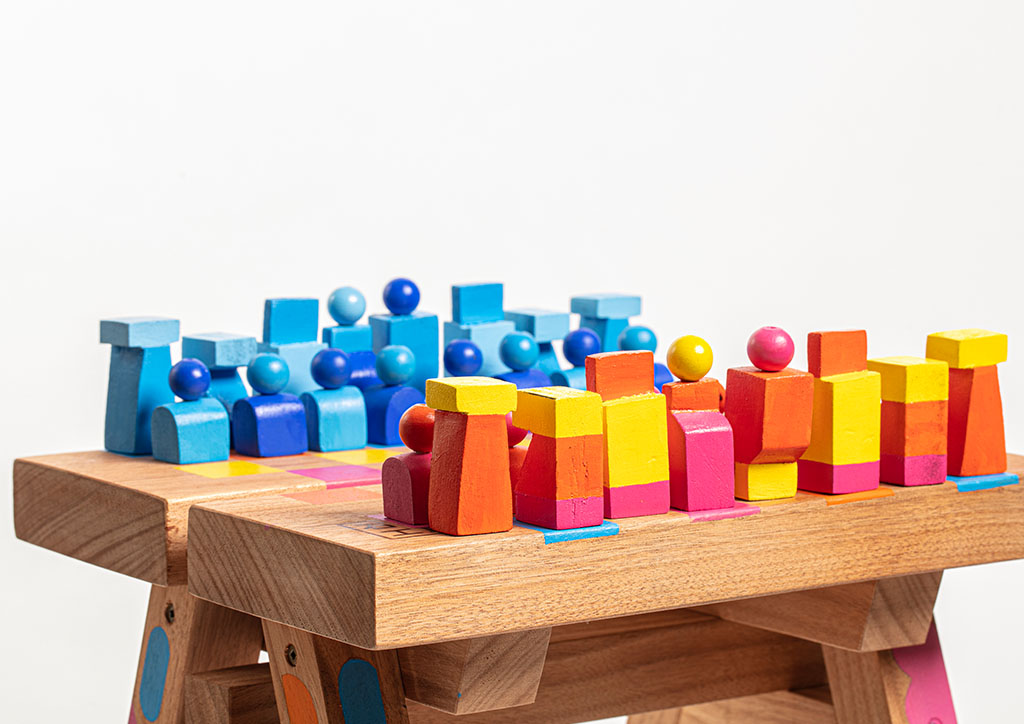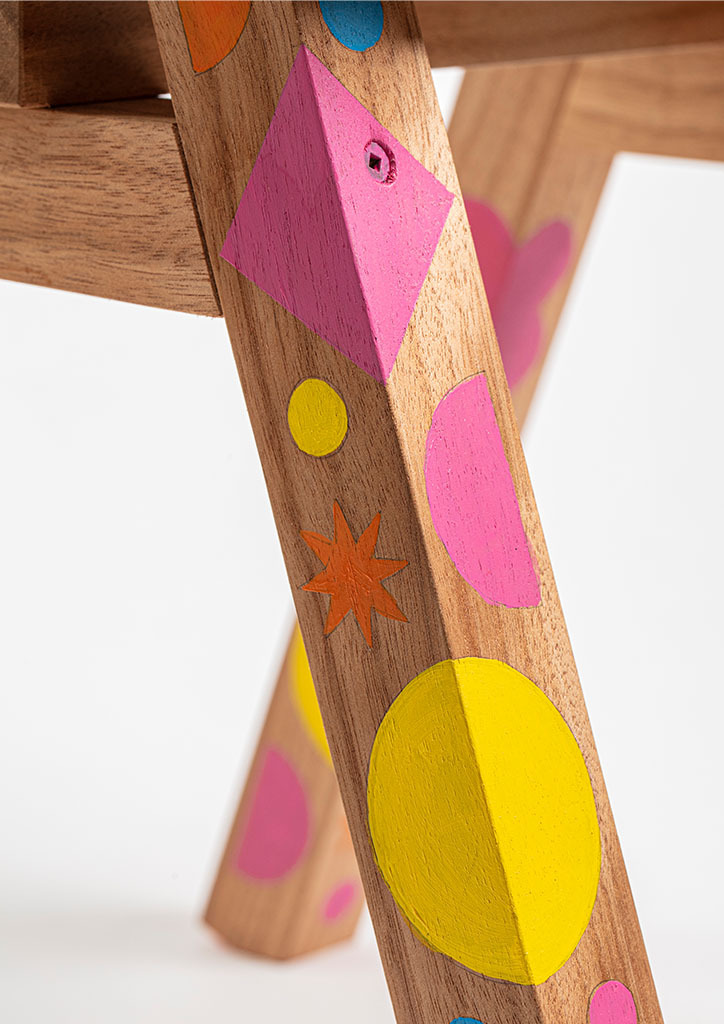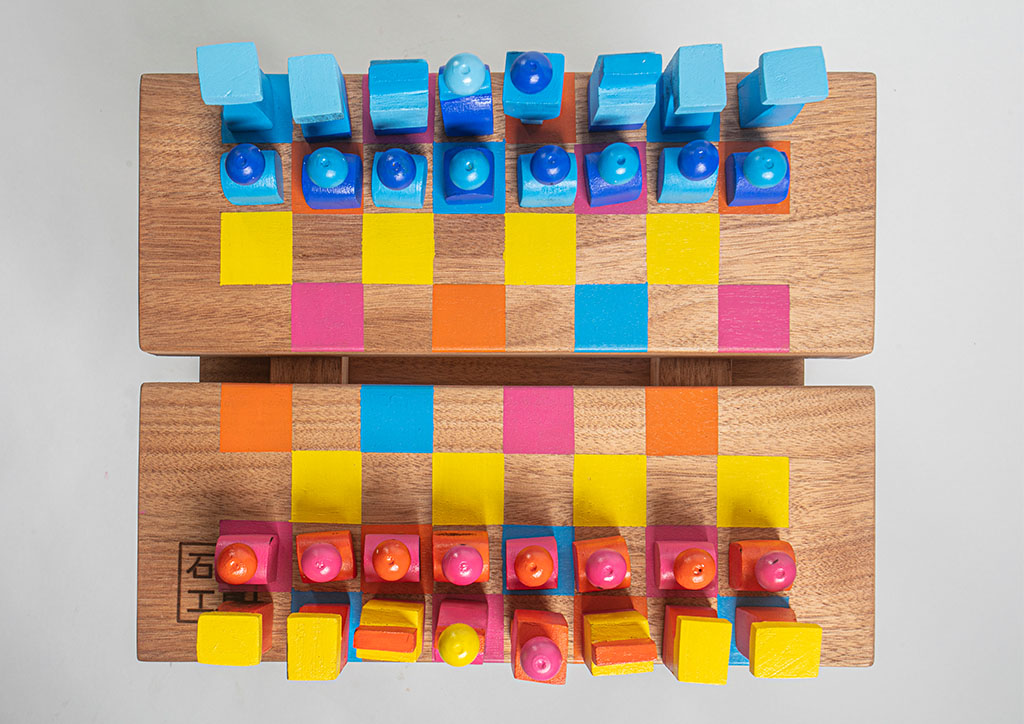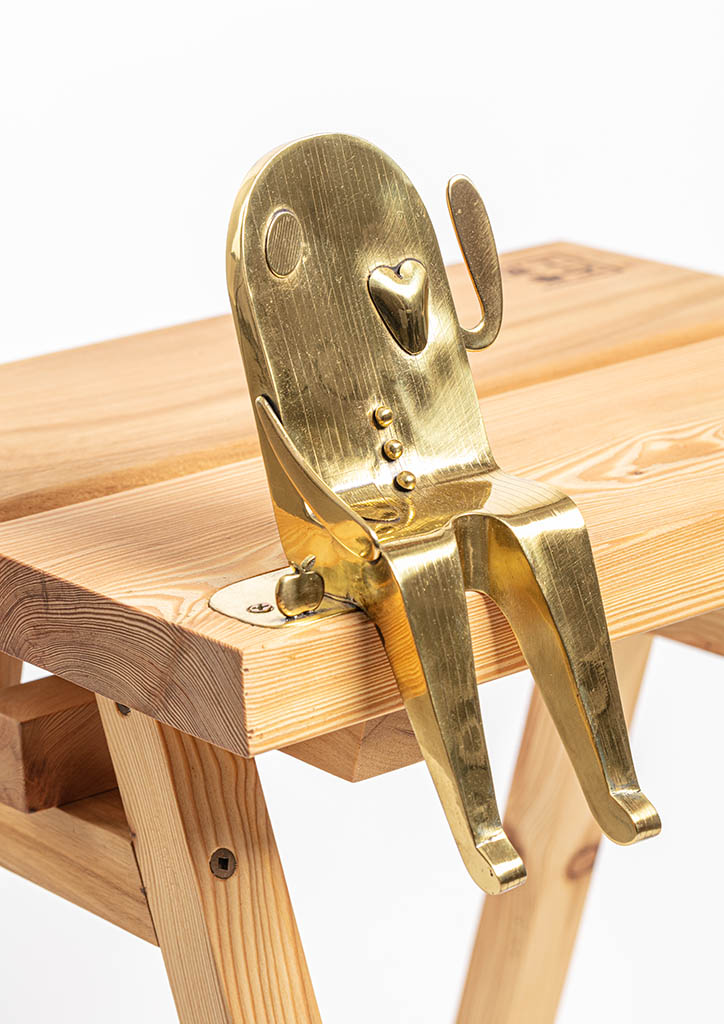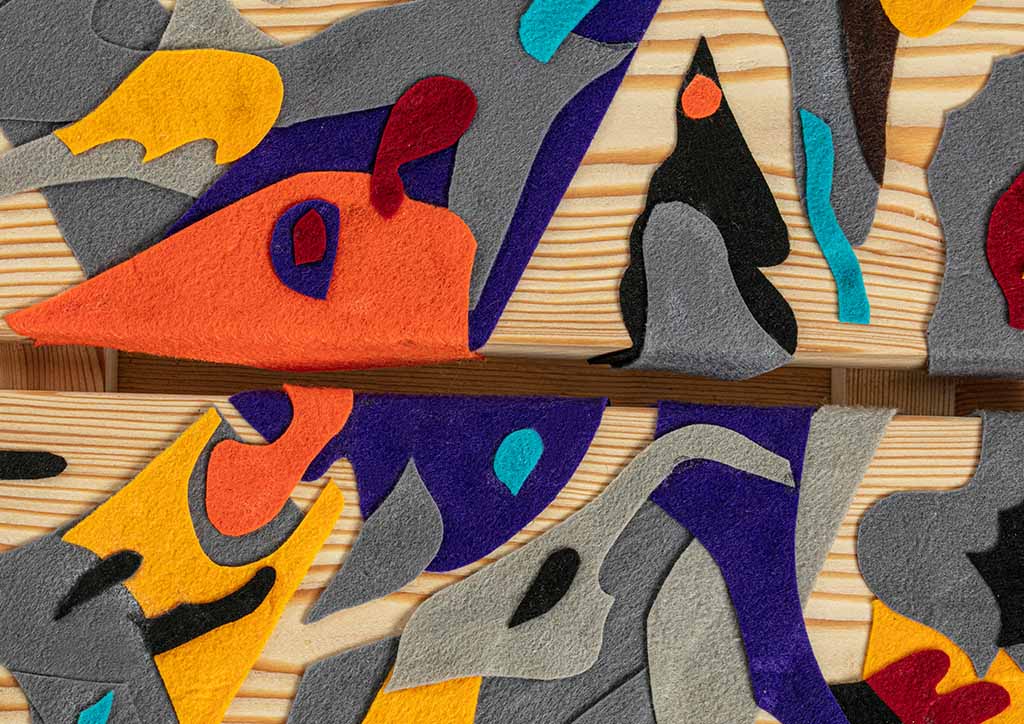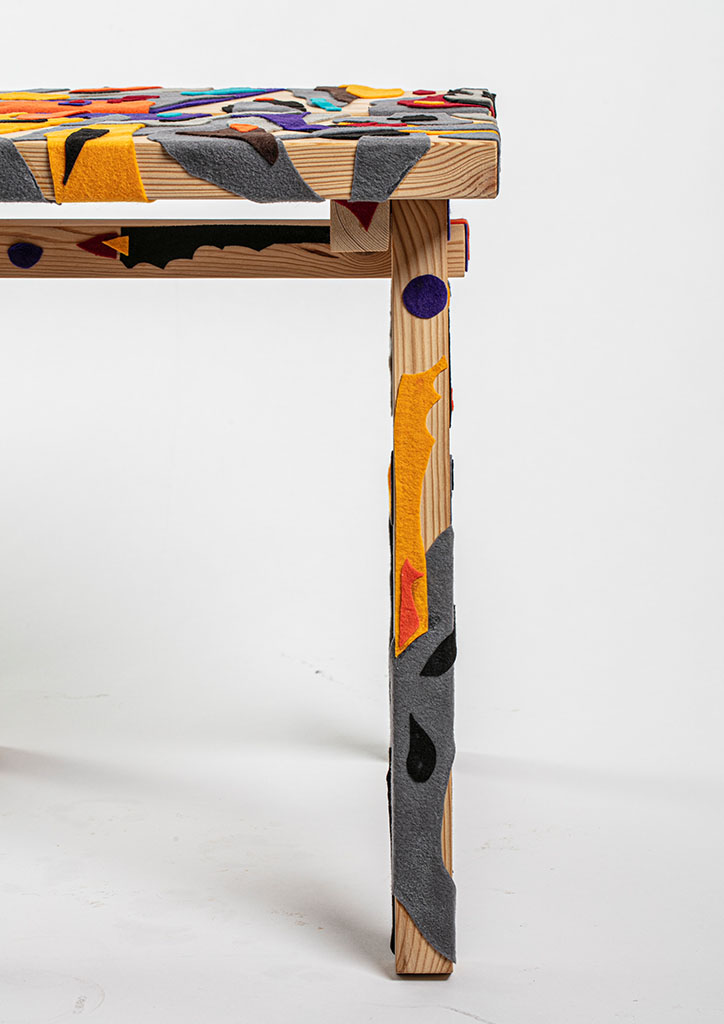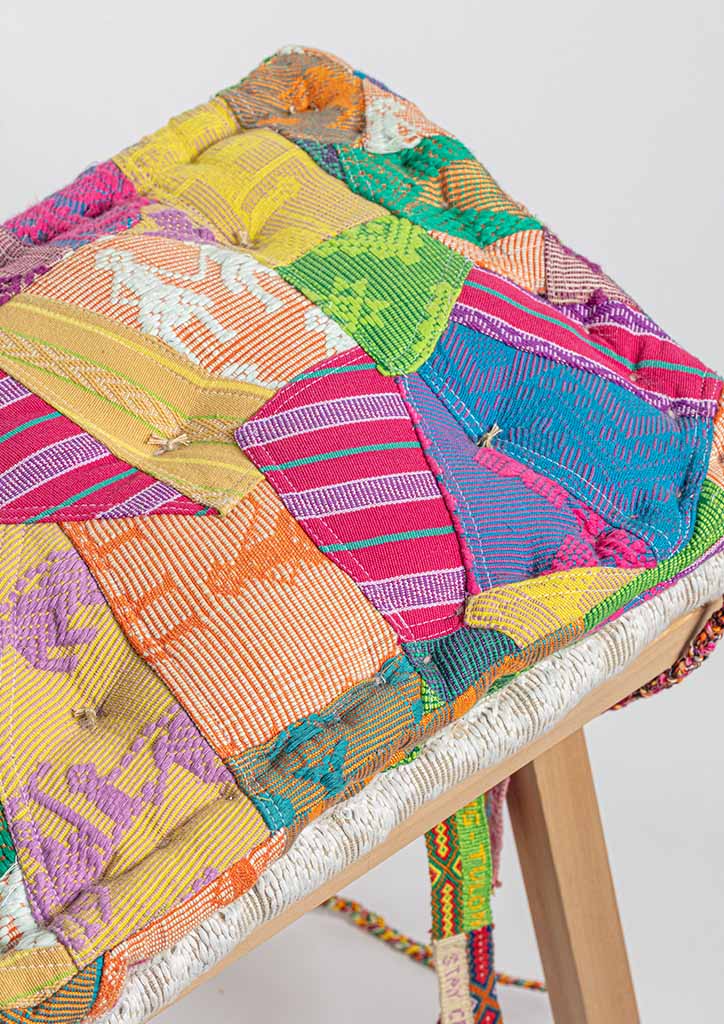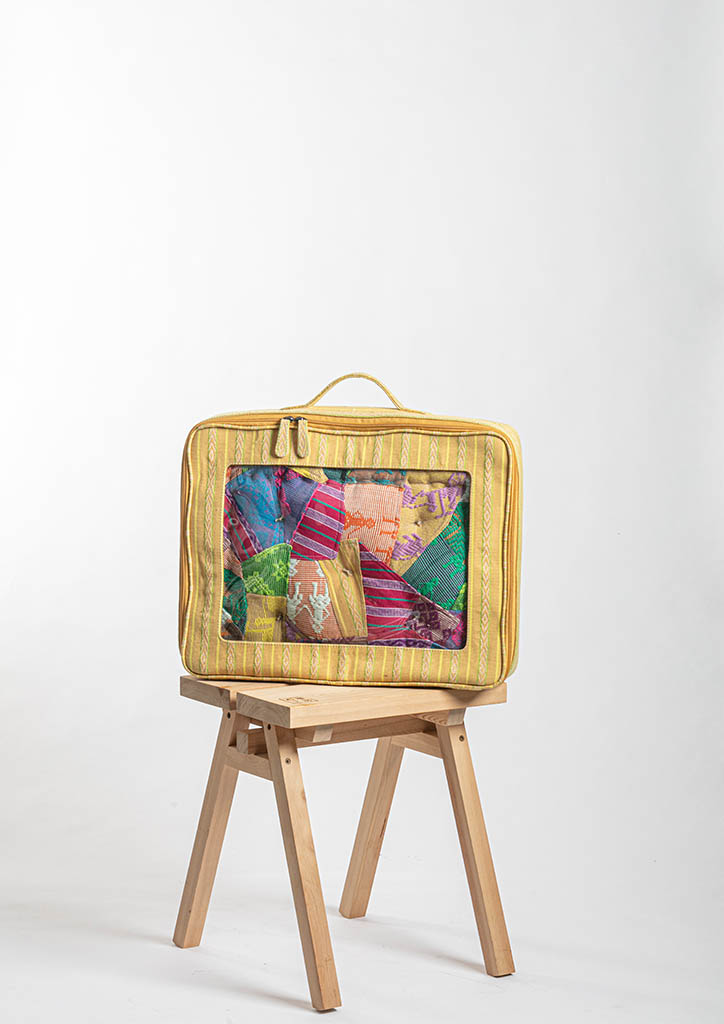
Ishinomaki Stool Project Creations to be Auctioned for a Good Cause
The Ishinomaki Stool is one of the first products ever made by Ishinomaki Laboratory. Designed by Keiji Ashizawa, it was made to attend to the need of displaced residents of Ishinomaki, Japan living in temporary housing after the devastating 2011 Tohoku earthquake and tsunami. A stool so iconic and symbolic that it has been welcomed into the permanent collection of the V&A Museum in 2015. It is made and offered locally in the Philippines by Lamana through Ishinomaki Laboratory’s initiative called Made in Local.

KEIJI ASHIZAWA
Founder of Ishinomaki Laboratory, award-winning architect and designer Keiji Ashizawa founded his own design studio in 2005. Since then he has been active in a wide range of various furniture brands such as Karimoku, MUJI, and Norm Architects for product design projects, and Panasonic for product development and architecture projects. His designs won various awards such as Good Design (Top 100 and Special Award from the Chairman of JDP for Ishinomaki Laboratory), and AIA’s 2010 National Architecture Awards (for Wall House with Peter Stutchbury Architecture).
THE PROJECT
To honor the 10 years of Ishinomaki Laboratory, its local partner, Lamana, has collaborated with 10 notable Filipino artists to embellish a locally-made Ishinomaki Stool. The sale proceeds of these one-of-a-kind versions of the Ishinomaki Stool will benefit the conservation efforts of Masungi Georeserve. As the Ishinomaki Lab brand was borne out of a natural disaster, it is meaningful for us to support an organization that protects nature.
Full catalog called “Under the Tree, The Wish List” is available at the Salcedo Auctions website.
Auction date is November 27 at 2:00pm (live and online). To register as a bidder or view the pieces, please contact Salcedo Auctions at [email protected] or 09171075581. Please send Lamana a message for a special access as an online bidder for these particular pieces.
This auction is co-presented by Bid for the Future (BFF), a social enterprise under Salcedo Auctions that harnesses the power of art to solve global challenges.
No portion of the sale proceeds from this project will go towards Lamana.
10 LOCAL ARTISTS + THEIR CREATION
Jason Buensalido – Continuum
Believing that design and architecture is a response to context, architect Jason Buensalido wants his designs to be forward looking. Knowing about the story of Ishinomaki Laboratory has allowed him to appreciate and understand the simplicity of the products. 10 years on from the devastating tsunami, Buensalido wanted to illustrate with free form plywood the bright future ahead.

Carl Jan Cruz – Untitled
Fashion designer Carl Jan Cruz’s contemporary Filipino style carries a nostalgic quality to it. Wanting to create something that can represent and marry the idea of tradition and unusual composition/finishing, Cruz worked with Therese Regalado of ware-co to darken the finish of the stool to complement the rib “gabao” fabric. He then created a cushion made out of a gel-like foam with his renowned style of stitching.

Fitz Herrera – Different But The Same
Influenced by music, Fitz Herrera is known for his abstract impasto work. Herrera wanted the stool to represent the Earth and the acrylic paint to represent all of us. “We are all different by race and color of skin but we are all human beings on one small planet.”
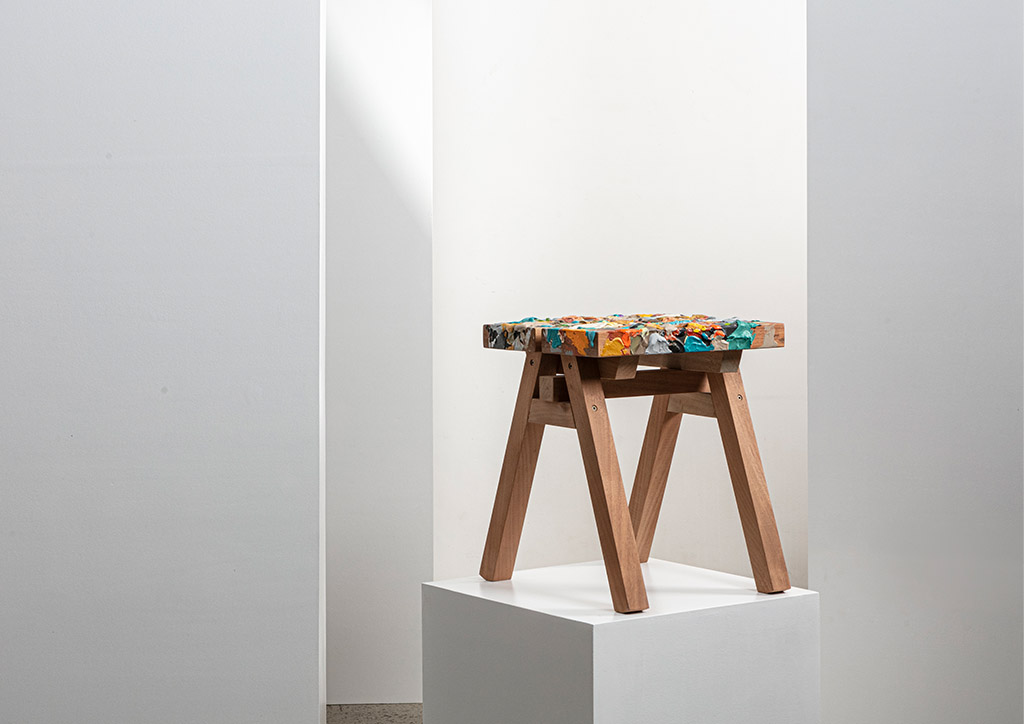
Gabriel Lichauco – Corner Store
Aiming to keep the Ishinomaki Stool’s design as pure as possible while injecting subtle references to local craft, designer Gabriel Lichauco worked with E. Murio to add elements to the stool. Torched and curved rattan embellish the legs, blurring the line between Japanese and Filipino design. The seat of the stool also underwent a torched finish, resembling the common seat one finds at a neighborhood corner store.
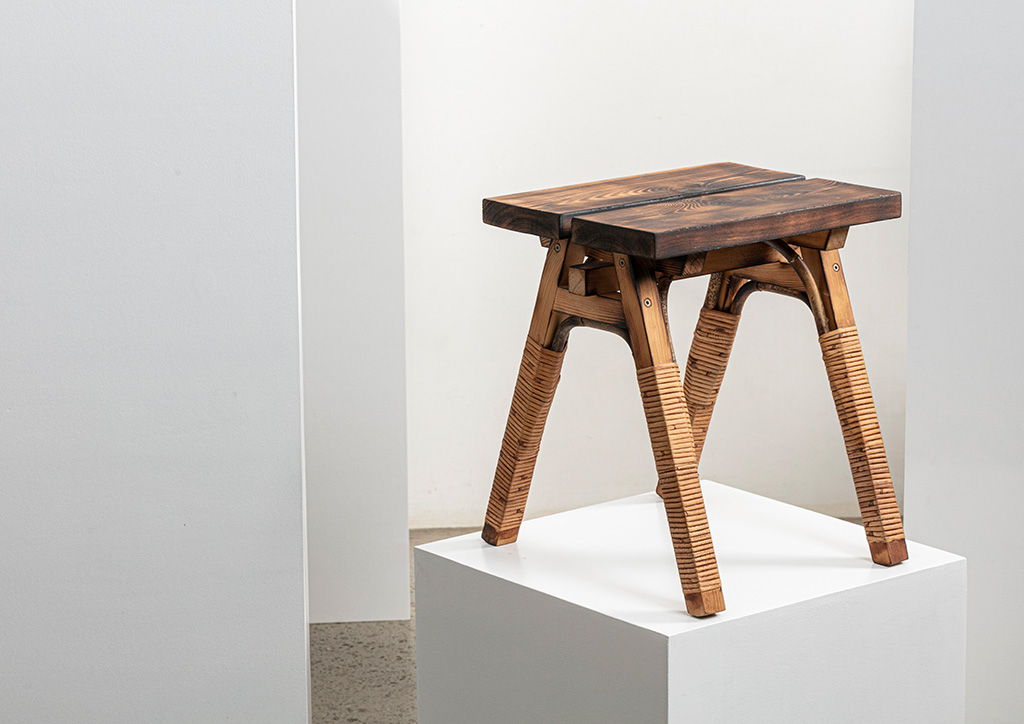
Blok Magnaye – Caïssa
Illustrator Blok Magnaye, whose clients include Facebook, Apple, The Atlantic and The Guardian, wanted to preserve the Ishinomaki Stool’s iconic form and transcend it into something more. Painting a chessboard on the stool’s seat in Magnaye’s usual, bold color palette, the stool is not only form and function, but it also becomes an activity. A complete set of handmade, hand-painted wooden chess pieces are included.

Lilianna Manahan – Le Copain
Meaning “friend or buddy”, Le Copain focuses on the value of a friend especially in the times of crisis. Manahan put two wood types, Teak and Larch, together in their natural finish to create the stool. Le Copain is made of casted brass and sits atop the stool as a reminder that no matter the situation, someone is there for you.

Leeroy New – Toad Stool
Contemporary artist and designer Leeroy New has work all over the metro. His most recent piece graced the Busan Biennale. Known for assemblage sculpture—the incorporation of everyday objects into the art—New continues this technique with the Ishinomaki Stool. He uses metal, paint, and fiberglass rods to create a spinning mushroom-like canopy over the stool.
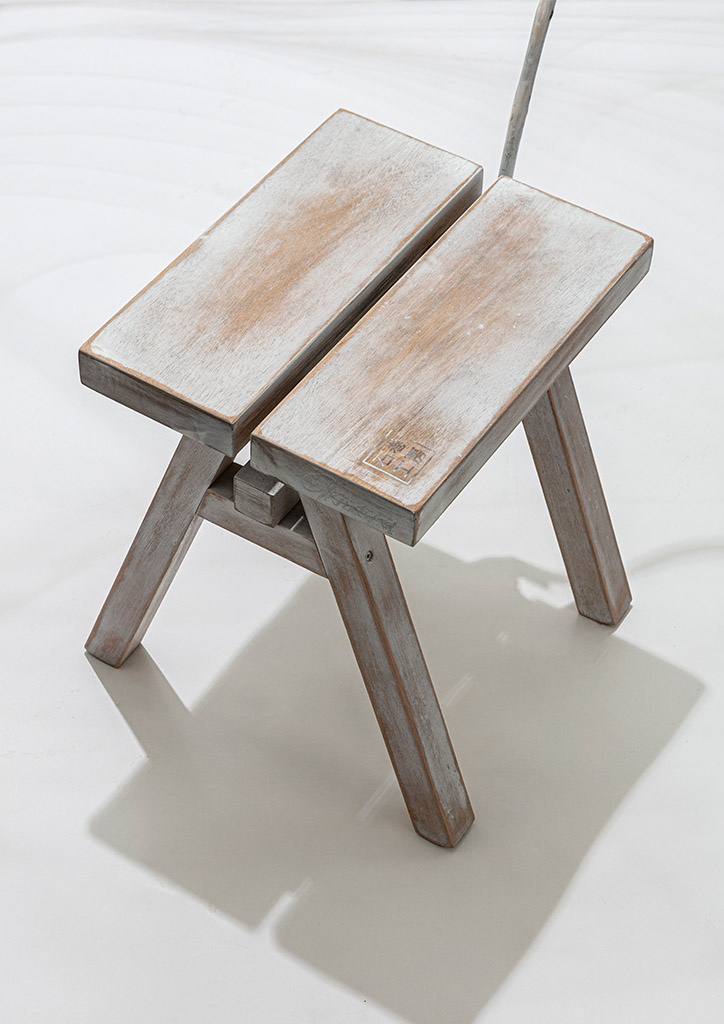
Eric Paras – Cavoo
Inspired by his hairless Xolo dog named Cavoo, who kept him company during the lockdowns of the pandemic, interior and furniture designer Eric Paras transformed the Ishinomaki Stool into a fun, four-legged companion. Its head is made of metal that will oxidize over time.

Ryan Villamael – ‘frag-mənts
Garnering a nickname from his first solo exhibit entitled “Cut Felt” more than 10 years ago, artist Ryan Villamael wanted to emphasize the craftsmanship of the Ishinomaki Stool while working with his own design idea. Using patches of off cuts of felt collected throughout the years of material manipulation, the stool gains a colorful makeover.
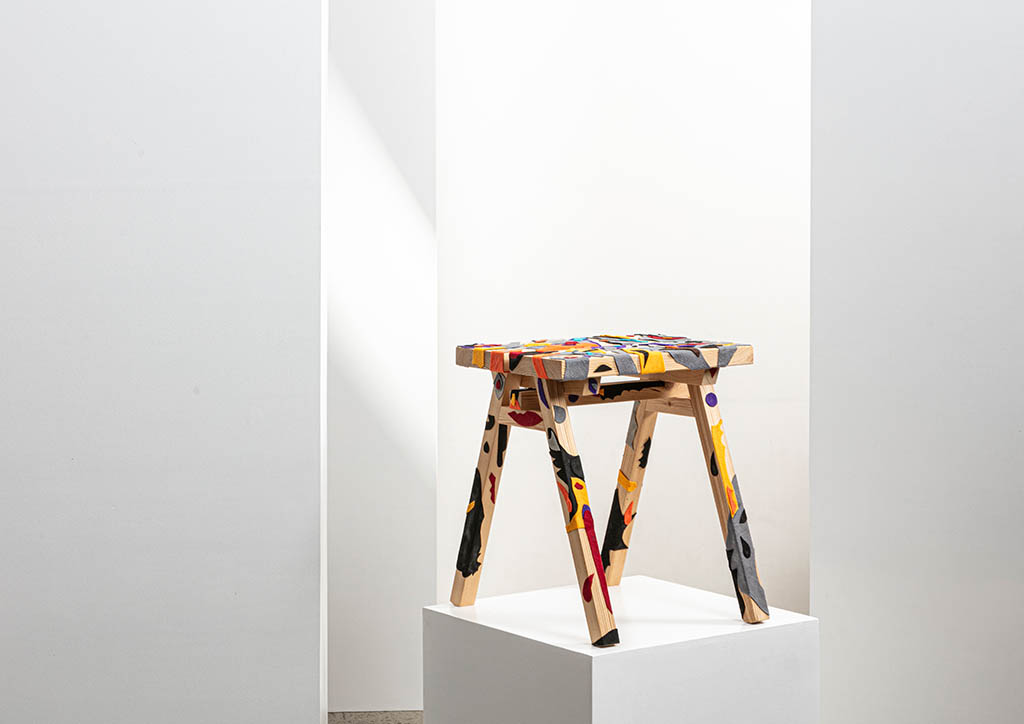
Paloma Urquijo Zobel – Untitled
Seeing a parallelism between the storytelling power of the Ishinomaki Stool and how weaving can also tell stories, PIOPIO’s founder Paloma Urquijo Zobel created a reversible cushion for the stool involving different communities around the country. One side is a colorful patchwork of custom weaves, and the other side a more muted color of Inabel. A vulnerable community in Mindoro hit hard by the lockdowns of the pandemic created friendship bracelets as a way to tie down the cushion onto the stool.

Lamana is the exclusive PH partner of Ishinomaki Laboratory under the Made in Local initiative. Home to creative multifunctional and smart designer pieces. Establish in 2018, Lamana is able to manufacture Ishinomaki Lab pieces and make them available to the local market utilizing materials and labor in the country.
Photos and descriptions are courtesy of Lamana

